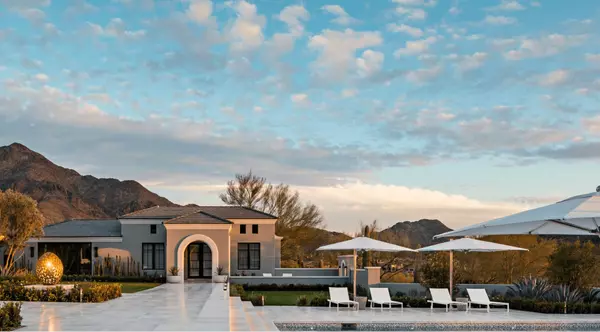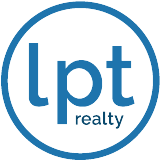What is the housing problem in Idaho?

Idaho’s housing crisis is a perfect storm of soaring prices, dwindling supply, and intense demand, creating a severe affordability challenge for residents.
Escalating Costs: Home prices have skyrocketed, with Boise’s median reaching $530,000 in 2025, up 95% since 2017, far outstripping wage growth (median income: $67,000). Rent is equally steep, with Boise’s two-bedroom apartments averaging $1,900/month. This pricing squeezes first-time buyers and middle-class families, with 32% of Idahoans spending over 30% of income on housing, above the affordability threshold.
Chronic Supply Shortage: Idaho’s housing inventory is critically low at 2.5 months’ supply in 2025, compared to a balanced 6 months. Only 4,700 building permits were issued in 2024, against a demand for 12,000 new homes. This scarcity drives fierce competition, with 45% of Boise homes selling above asking price, often to out-of-state cash buyers who comprised 35% of 2024 purchases.
Migration-Fueled Demand: Idaho’s appeal—stunning landscapes, low 0.61% property taxes, and a thriving economy with 25% job growth in tech and healthcare—draws waves of newcomers, especially from California and Washington. Boise’s population has grown 2.6% annually since 2020, overwhelming the housing market.
Geographic and Policy Constraints: With 62% of Idaho’s land federally owned, developable areas are limited, particularly in Boise, hemmed in by foothills. Stringent zoning and slow permitting stifle construction, keeping supply tight. Rural areas face similar issues, with even less infrastructure.
Broader Impacts: The crisis pushes locals out, exacerbates homelessness, and strains schools and roads. Without bold solutions—like relaxed zoning, tax incentives for affordable units, or expedited permitting—relief is unlikely. Forecasts predict 4% price growth in 2026, but increased construction could ease pressure. For now, affordability remains Idaho’s defining housing problem.
Recent Posts









